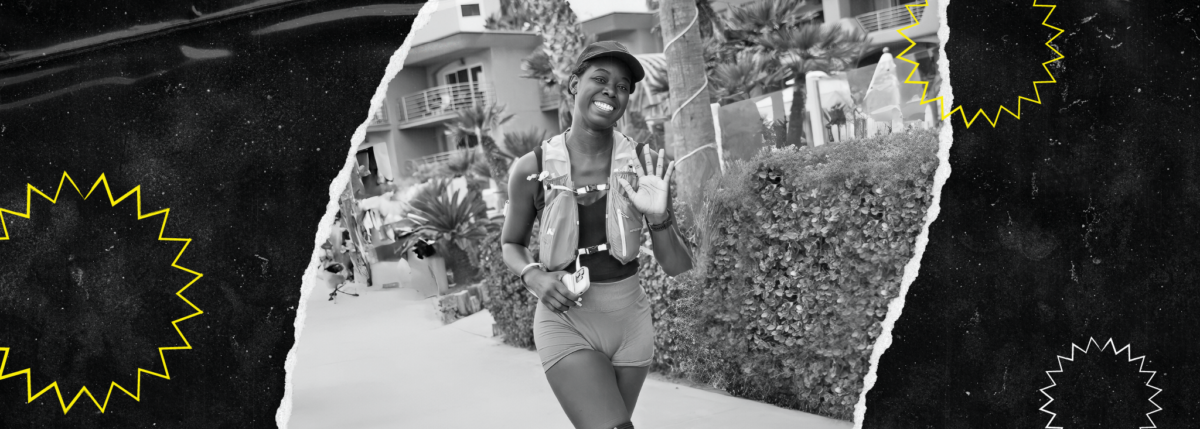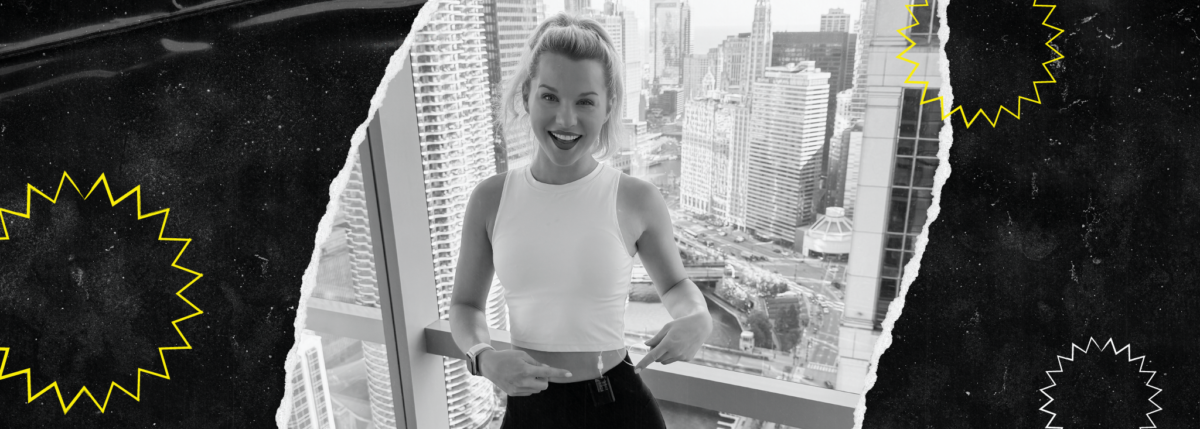A LADA Thoughts
Written by: T'ara Smith
5 minute read
May 10, 2019
My blood sugar was 30.9 mmol/L556 mg/dL and my A1c was 15.6%. The doctor came into the room and said: “Well, you have full-blown [type 2] diabetes.”
True to character, I replied with a monotone, “Okay, well, what do I do now?”
My doctor simply told me what I already knew and had been doing consistently for 4.5 years (to avoid diabetes, at that): eat well and exercise.
Wasn’t I doing everything “right”? I was put on insulin and metformin right away and had I waited for any longer to see a doctor, I would’ve been hospitalized.
That was nearly two years ago. Since then, I’d been pricking my fingers several times a day, injecting long-acting insulin twice a day and taking metformin twice a day. I continued to exercise and keep a balanced diet, and for a while, things were working. My A1c went down to 8.1 percent and I felt proud I’d done something “right” at managing my diabetes. My doctor was certain we could reduce the amount of insulin I injected.
That never happened.
Instead, the opposite happened. seven months later in late 2018, my new doctor told me my A1c went back up to 10 percent and increased my metformin medication to 1000 mg per day. Again, I thought I was doing everything “right.” Eat right, exercise, take my meds, all that jazz…why was my blood sugar rising? For the next few months or so, my blood sugar would remain elevated until I saw an endocrinologist.
Severe hyperglycemia
In late March 2019, I started to feel dizzy, almost drunk and recognized the signs of hyperglycemia. I tested my blood sugar and it was in the 400s—the closest I’d ever been to my original diagnosis number. Even on a high-carb day or a day when I’ve skipped taking medication, my blood sugar hasn’t come close to the blood glucose levels of my initial diagnosis. My colleagues brought me ketone strips and sure enough, I found small ketones, which is rare for people with type 2 diabetes. I couldn’t pinpoint the cause of the sudden spike and I only had long-acting insulin to slowly bring it down. All I knew was something was wrong and I was happy my endo appointment was just a few days later.
It never occurred to me the cause was latent autoimmune diabetes in adults (LADA).
On April 13th, 2019, I received test results from my endocrinologist and a note welcoming me to the “Type 1 Club.” I had LADA. It’s unofficially known as diabetes 1.5, though people have varying feelings on that descriptor.
Living with type 2 diabetes hadn’t always been easy. Before starting my job at Beyond Type 1, I’d been trying to find a community where I could feel like I belonged. Or if I couldn’t find one, I would make one. Even if I could find one person, especially one around my age, who could relate to my experiences with type 2 diabetes, I’d be happy. And I did. Soon, I found people on all corners of the internet who were embarking on this cool journey called Beyond Type 2 to change the way the world views type 2 diabetes and the people who live with it. I’d found my tribe.
Diabetes identity crisis
To describe my feelings at the time of my LADA diagnosis, and even right now, is difficult. I’ll try, so bear with me. I think the shock was probably the least surprising reaction I had. What I couldn’t handle were the feelings of sadness, anger, relief and confusion. So many questions ran through my head and tears streamed down my face. I didn’t know which emotion to address first.
- The sadness that I was no longer part of the type 2 community, the one I’d grown to love and had barely scratched the surface of learning about
- The anger of having two doctors miss this diagnosis and that it took two years and one endo visit to learn the truth
- The relief that I finally got an answer to why I was diagnosed in the first place after years of dedicating my life to health and wellness
- Or maybe, the confusion I was feeling about where I fit in the diabetes community and how I’ll be able to relate to those who follow Beyond Type 2—is my perspective even valid anymore?
In short, I’m going through a diabetes identity crisis.
Over the last week of having chats with family, friends, my therapist and colleagues, I’ve determined answers to some of my questions. They’ve helped me realize that with this new identity comes a new perspective. But also, that a new diagnosis doesn’t erase my two years living as a person with type 2 diabetes. A new experience doesn’t render my previous one as invalid. In fact, embracing my diagnosis opens up the opportunity to further explore why and how often adults with type 2 diabetes are misdiagnosed. 90-95 percent of all diabetes cases in the U.S. are type 2 diabetes, but how many of them are actually walking around with LADA? Misdiagnosed type 2 diabetes cases can be life-threatening and even fatal.
I shouldn’t have to choose which group I identify with, though at the time of my writing this, I still identify with the type 2 community. As time goes on and I continue to learn more about LADA, I’ll be able to feel more part of that group, too. In my short time at Beyond Type 1, my knowledge of diabetes has grown tremendously. The mission is to disrupt diabetes, change perspectives, and dismantle stereotypes. In the wake of my new diagnosis, that mission further evolves into discussing initial diagnosis and treatment standards and empowering people with diabetes, especially type 2, to make sure they receive the right diagnosis. There are more questions than answers about the world of diabetes.
A new chapter and purpose
For the record, I don’t know when I will have fully processed my new life as a person living with LADA—I’m in no rush to do so. My treatment has changed. I count carbs now, I have to be more mindful about the insulin dosages of my now rapid-acting insulin and how to correct them if I eat too many carbs. I have to let go of my personal goal of reducing the amount of insulin, or getting off it completely. I’ve had several low blood sugars, even one at night, and it was a little frightening to know that could happen again. I know eventually one day, my body won’t be able to produce insulin at all and that also scares me. People are living with type 1 diabetes every day, including most of my colleagues. Though I’m quiet, I’m observant. So I watch how they handle type 1 diabetes on a daily basis and try to model my strength after theirs. Having my team as part of my support system is one of the invaluable aspects of this new chapter of my life.
I’m fortunate to have received the proper treatment; so many others do not. This is a chance to make a change to make sure they do. I’m hopeful the collective voices of people with diabetes will continue to make a positive impact on the health industry. My voice is one of many. Maybe someone reading this will want to learn more about their diagnosis, or maybe it will inspire a physician to take the initiative to rule out type 1 diabetes before automatically assigning one to type 2.

Author
T'ara Smith
T’ara was diagnosed with type 2 diabetes in July 2017 at the age of 25. Since her diagnosis, she focused her academic studies and career on diabetes awareness and living a full life with it. She’s excited to have joined the Beyond Type 1 team to continue her work. Two years later, T'ara discovered she'd been misdiagnosed with type 2 and actually has latent autoimmune diabetes in adults (LADA). Outside the office, T’ara enjoys going to the movies, visiting parks with her dog, listening to BTS and cooking awesome healthy meals. T’ara holds an MS in Nutrition Education from American University.
Related Resources

Danica Collins not only prepared for one of the most challenging physical events of her...
Read more

Beyond Type 1 is spotlighting inspiring athletes with type 1 diabetes as they prepare for...
Read more

On November 3, 2024, Taylor Rindfleisch of Chicago laced up her running shoes for the...
Read more

